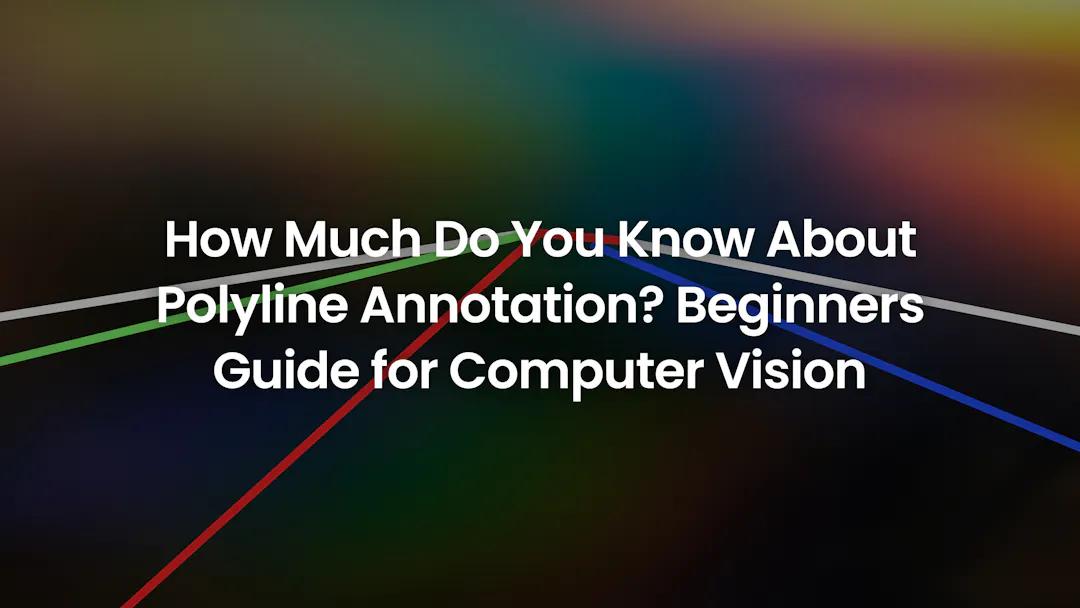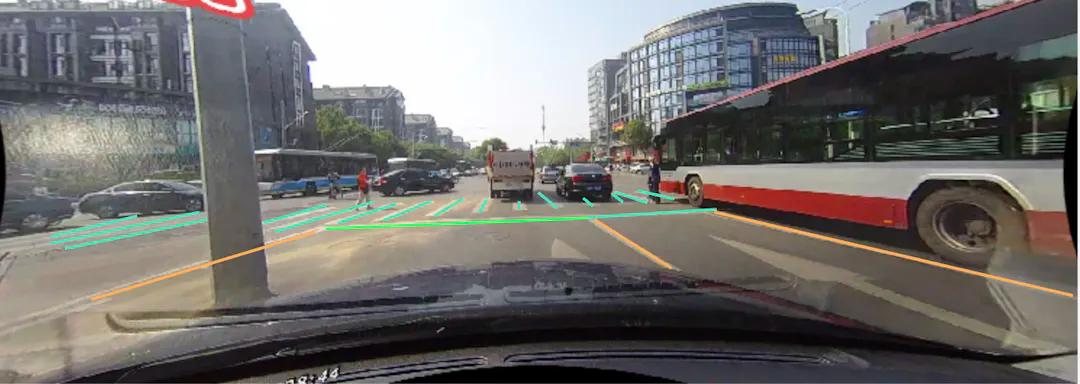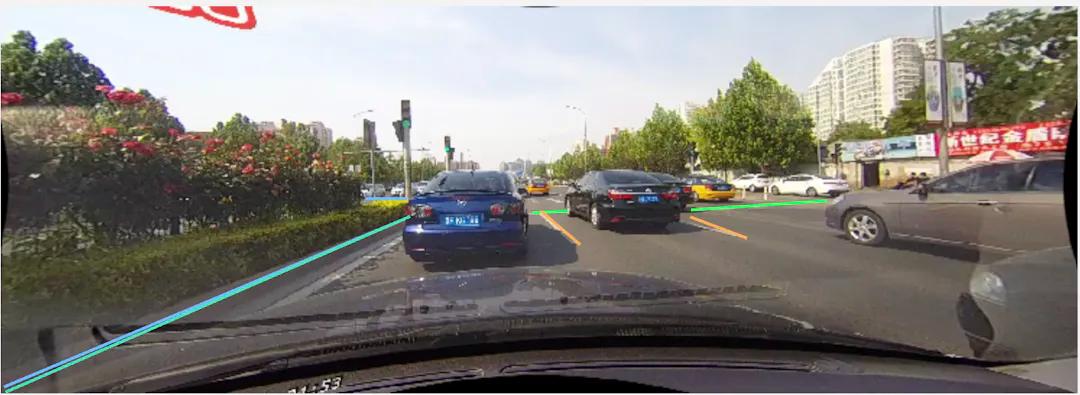Insight
How Much Do You Know About Polyline Annotation? Beginner's Guide for Computer Vision.

Caroline Lasorsa
Product Marketing | 2022/06/21 | 5 min read

In the world of technology, artificial intelligence, and computer vision, autonomous vehicles are the main topic of conversation for scientists, engineers, and everyday people alike. Watching the tech develop in companies like Tesla and Uber has many people interested in what this means for their everyday travel plans, not to mention its effect on various industries and jobs. Building cars and trucks capable of independent operation is no easy feat. It requires hundreds of thousands of data points to accurately interpret road lanes and street signs while navigating with the deft precision of its human counterpart. But how do we go about building this data and annotating it in a way for a machine to understand? In the field of computer vision and autonomous vehicles, we use polylines.
Polylines: What are they, and how do we use them?

At the heart of machine learning and computer vision are hundreds of thousands of images and video frames that a machine learns to interpret in order to take an action or a series of actions. The methodology used to annotate this data relies entirely on the field of study or end goal. When roads and pathways are the main focus of your model, we look to polylines, which are drawn linearly to trace road and pathway structures and connect at individual vertices.
Splines:
Since the real world hardly ever has perfectly straight lines, we can’t expect polylines to work for every dataset without the ability to manipulate them. So instead, we look at splines to outline markings that are curvier in nature. A spline is similar to a polyline and is created using the same tools. The only difference is that it can be bent to outline a curved line using a selection tool, much like the one offered in the Superb AI Suite.
Polyline Use Cases
Road Markings

As drivers, we must pay attention to the various signs and symbols on roadways to keep ourselves and others safe. And self-driving vehicles must understand the basic, though paramount, rules of the road to avoid collisions. Knowing what the markings and symbols on the street can be the difference between smooth sailing and a terrible crash. Understanding things like bike lanes, bus stops, and crosswalks are all very basic to a human but must be taught to a machine. What’s more, different cities and countries operate under different traffic laws. The traffic flows in England are the opposite of those in the United States, for example. Our model must be able to adapt to these differences as they present themselves throughout the world. Using polylines, our self-driving cars are able to read and understand the various road markings and follow them.
Lane Detection

Similar to road markings, autonomous vehicles must be able to recognize the lanes that make up the road. The double lines in the middle of the road, for example, separate traffic going in each direction, while dotted white lines indicate a one-way. Think lane assist. As car companies become better acquainted with AI, drivers are reaping the benefits with technology that helps them stay in their lane and prevent drifting. Using polyline annotation is what makes this possible. Understanding the lane boundaries and how each marking functions is a vital part of operating a vehicle. Without it, there are bound to be accidents and overall confusion. Because lanes are typically straight in nature, polylines are the most ideal form of annotation for this use case. Being able to trace the direction of the lane without too much detail is easier on the annotator while simultaneously being very effective.
Obstacle Detection

It’s not uncommon to run into obstacles when you’re behind the wheel. Medians and other interruptions in the traffic flow are all part of the driving experience. As humans, we’ve grown accustomed to working around these things; it’s second nature. For autonomous vehicles, they have to learn to recognize obstacles in the road and avoid them. Polyline annotation allows for a succinct method of labeling that illustrates these markings without requiring too much detail.
Robotics
Industrial robots are often used in warehouses to help move objects and place them in the correct location. Restocking items, for example, is a prime use case for robotics. It’s efficient and saves companies time and money. While bounding boxes seem like the obvious annotation type to build this kind of model, polylines offer an easier approach by creating a “target zone” between the two lines in which to place certain objects.
Agriculture

Many use cases for farming and agriculture are heavily annotated with segmentation to outline individual fruit, leaves, and other parts of plants. But it’s not always necessary to be this detailed. Some agricultural use cases concentrate on crop rows, so polylines and splines are the perfect labeling technique. In addition, agriculture stems beyond plants. Farmers often need to track insect presence for pest control; polylines help outline the shape of their legs.
Best Practices
Establish your classes
Different labels in a single image can indicate very different things. This may seem like an obvious observation, but think of it this way: if you were to annotate an image with several types of animals, would you want to classify each object as a generic living thing, or would you want to differentiate it? A giraffe, for example, is very different from an elephant and would want to be classified as such. This may seem like an obvious distinction, but when labeling something like roadways, the differences are much smaller. A lane painted in the middle of the road indicates the proper flow of traffic, such as whether it’s a one-way or two-way street. Using annotation tools such as the Superb AI Suite that allow you to add image classes can help your model navigate roadways seamlessly.
Avoid Biases
As stated previously, different regions around the world subscribe to different traffic laws. What one place deems as normal would cause a huge collision somewhere else. Building an AI model that can subscribe to the varying rules of the road is paramount in ensuring a global presence; it must be able to adapt to different regions. In addition, computer vision’s reliance on images plays a role in its effectiveness. Using different examples of not only lane types and roadways but also varying weather conditions and climates is paramount in ensuring your model’s versatility.
Trace Carefully
It goes without saying that annotating an image requires a high level of precision and accuracy. Without it, your model will fall short in performance and lack the desired results during testing. Carelessly tracing traffic lanes can lead to your model misinterpreting where to drive and lead to accidents. Conversely, classifying your label incorrectly can also lead to poor performance. Having an established QA team or subject matter expert can make all the difference in building an effective ML model with polylines.
Final Thoughts
Polyline annotation is a simple method for labeling linear surfaces such as road lanes, pathways, crop rows, and target zones for warehouse robotics. As AI becomes a normal part of everyday life, finding a quick solution to labeling helps alleviate the workload; with polylines, ML professionals can easily draw boundaries to separate different pathways and roads. Developing a fully functional autonomous vehicle relies on hundreds of thousands of polyline annotations and object detection technology to safely exist among everyday drivers. And it all comes down to how well the model is able to distinguish the differences between lane types, obstructions, and oncoming traffic. Establishing well-labeled and robust datasets is the foundation for every model and mustn’t be taken lightly. To learn more about how your team can utilize machine learning technology to build fast and effective models, visit our website or schedule a sales call.
Related Posts

Insight
CVPR 2025 Foundation Few-Shot Object Detection Challenge: Transforming Future Industries with AI

Hyun Kim
Co-Founder & CEO | 10 min read

Insight
How Can Vision AI Recognize What It Has Never Seen Before? LVIS and the Future of Object Detection

Hyun Kim
Co-Founder & CEO | 15 min read

Insight
Interactive AI in the Field? Exploring Multi-Prompt Technology

Tyler McKean
Head of Customer Success | 15 min read

About Superb AI
Superb AI is an enterprise-level training data platform that is reinventing the way ML teams manage and deliver training data within organizations. Launched in 2018, the Superb AI Suite provides a unique blend of automation, collaboration and plug-and-play modularity, helping teams drastically reduce the time it takes to prepare high quality training datasets. If you want to experience the transformation, sign up for free today.
